The concept of virtual power plants (VPPs) is rapidly gaining traction as a transformative solution for modern energy grids. Among the most promising participants in this emerging ecosystem are electric vehicles (EVs), which possess untapped potential to stabilize power networks through demand response and peak shaving. By aggregating distributed EV batteries into a unified grid resource, VPPs are rewriting the rules of energy flexibility without requiring massive infrastructure investments.
How EVs Become Grid Assets
Traditional power systems struggle with the duck curve phenomenon—where renewable energy surges during daylight hours create steep demand ramps at dusk. Here’s where EVs defy their reputation as grid burdens. When plugged into smart chargers, their batteries morph into a dynamic energy buffer. A single EV might contribute modest capacity, but aggregated across thousands of vehicles—especially fleet-operated ones—they form a multi-megawatt virtual battery. During peak hours, VPPs can temporarily suspend non-essential charging or even reverse power flow through vehicle-to-grid (V2G) technology, effectively flattening demand spikes.
The Economics of Electron Mobility
What makes EV participation compelling isn’t just technical feasibility—it’s financial alchemy. Grid operators traditionally activate expensive peaker plants during high-demand periods, sometimes paying premium "congestion pricing" rates. VPPs unlock a cheaper alternative: compensating EV owners for minor charging delays or small battery withdrawals. Pilot programs in California and Denmark demonstrate how participants earn $100–$300 annually per vehicle—not life-changing sums, but enough to offset charging costs significantly. For commercial fleets, these earnings compound rapidly while enhancing corporate sustainability metrics.
Breaking the Chicken-and-Egg Cycle
Widespread adoption faces familiar hurdles: most EVs lack bidirectional charging capability, and utilities remain cautious about integrating third-party aggregators. Yet breakthroughs are emerging. Newer EV models from Nissan, Ford, and Hyundai now ship with V2G-ready hardware. Meanwhile, regulatory sandboxes in the UK and Australia allow VPP operators to bid directly into energy markets as generation assets. This regulatory shift transforms EVs from passive loads into revenue-generating grid citizens.
The Cybersecurity Imperative
As EV fleets become grid participants, attack surfaces multiply. A hacked VPP controlling 50,000 EVs could theoretically trigger blackouts by synchronizing mass discharges. Leading VPP developers now implement military-grade encryption and decentralized control architectures where no single point of failure exists. Some systems even incorporate blockchain-based validation for critical commands—a nod to both security and transparency needs in this nascent market.
Beyond Peak Shaving: The Ancillary Services Frontier
While peak shaving grabs headlines, savvy VPP operators are diversifying revenue streams. EV clusters excel at providing frequency regulation—continuously adjusting charge rates to balance grid oscillations within milliseconds. In Germany, a BMW-led consortium demonstrated how EV batteries can outperform traditional gas turbines in responding to frequency dips. This "second-by-second" value stream often proves more lucrative than daily peak shaving, especially in renewables-heavy grids where frequency volatility increases.
The Human Factor: Consumer Psychology Hurdles
Technical solutions alone won’t guarantee success. Range anxiety remains the Achilles’ heel of VPP participation—most drivers prioritize next-morning battery levels over grid needs. Behavioral studies reveal that guaranteed minimum charge thresholds (e.g., "We’ll never drain below 40%") dramatically increase enrollment rates. Gamification also shows promise; a Swedish trial saw 78% higher engagement when participants could track grid contributions in real-time via smartphone apps with social sharing features.
Infrastructure Synergies: When EV Meets Solar
The most efficient VPPs don’t just manage demand—they orchestrate generation too. Solar-powered workplaces with EV fleets create closed-loop microgrids. By aligning charging cycles with midday solar peaks (rather than overnight), these systems achieve 60–70% self-consumption of renewable energy. Southern California Edison’s pilot with Amazon delivery vans demonstrates this symbiosis—excess solar charges vans by day, while their batteries support evening grid peaks, reducing diesel backup dependence.
Policy Crossroads: Rewriting the Rulebook
Existing energy market structures weren’t designed for distributed assets. Some jurisdictions still classify VPPs as "load modifiers" rather than generation resources, blocking access to capacity markets. Progressive regulators are creating new asset categories like "dynamic load resources" with tailored compensation mechanisms. The EU’s revised Electricity Market Design explicitly recognizes aggregated demand-side flexibility as equivalent to traditional generation—a precedent likely to accelerate global adoption.
The Road Ahead: Scaling Without Stumbling
Industry projections suggest over 30 million EVs could participate in VPP programs by 2030, potentially displacing 90 GW of peaker plant capacity globally. Realizing this vision requires standardization—of communication protocols (OpenADR vs. ISO 15118), revenue-sharing models, and cybersecurity certifications. Early movers like OhmConnect and Nuvve are proving the model works at scale, but the true test comes when mainstream automakers and utilities fully embrace EVs not just as vehicles, but as vital grid infrastructure.
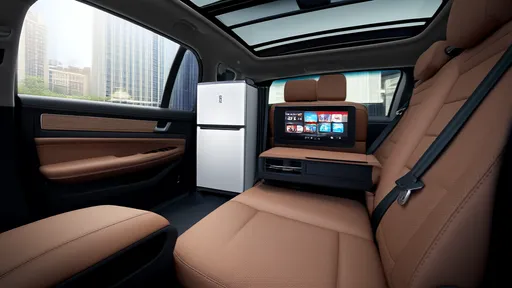
By /Jun 14, 2025
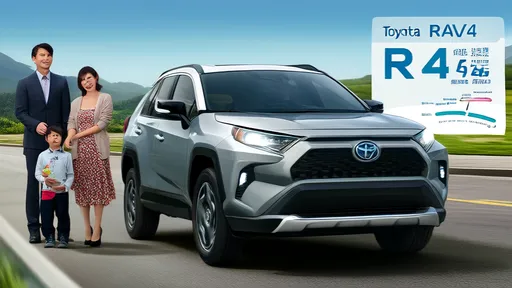
By /Jun 14, 2025
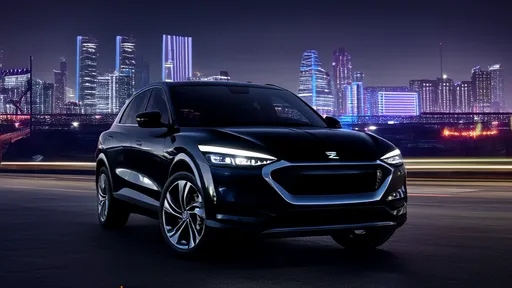
By /Jun 14, 2025
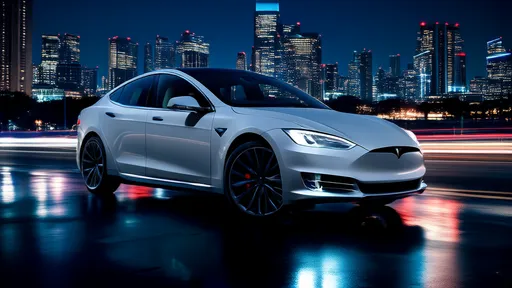
By /Jun 14, 2025
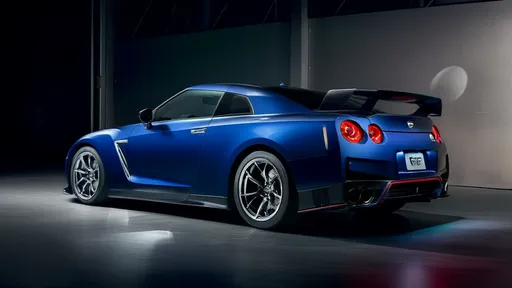
By /Jun 14, 2025

By /Jun 14, 2025
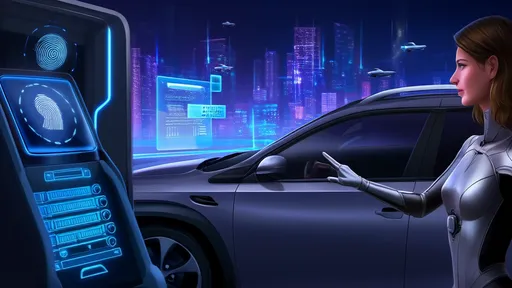
By /Jun 14, 2025

By /Jun 14, 2025
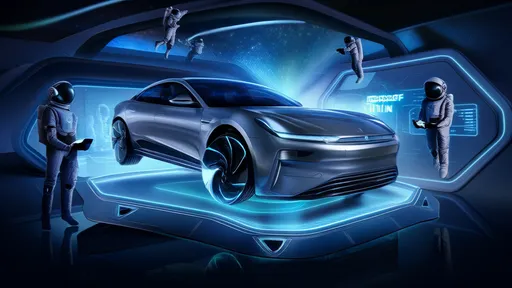
By /Jun 14, 2025
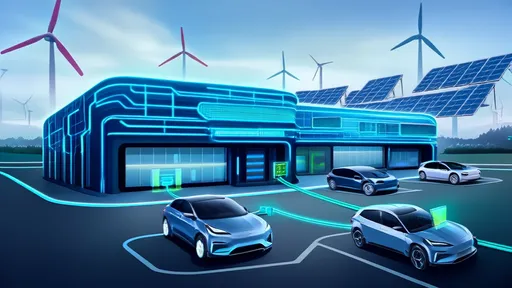
By /Jun 14, 2025

By /Jun 14, 2025
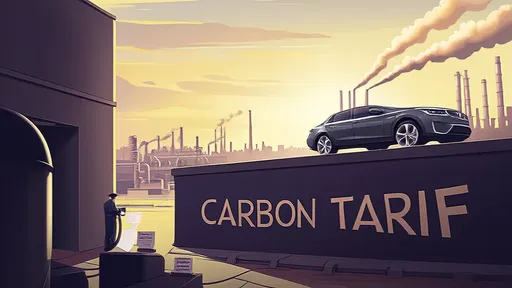
By /Jun 14, 2025
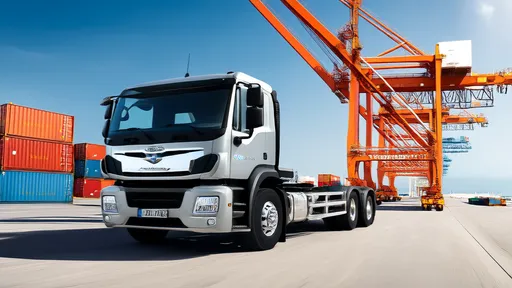
By /Jun 14, 2025
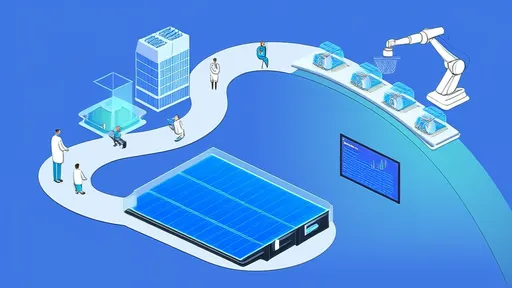
By /Jun 14, 2025
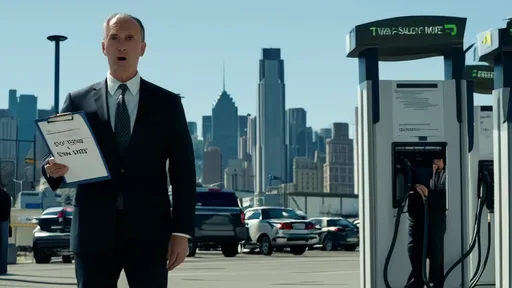
By /Jun 14, 2025
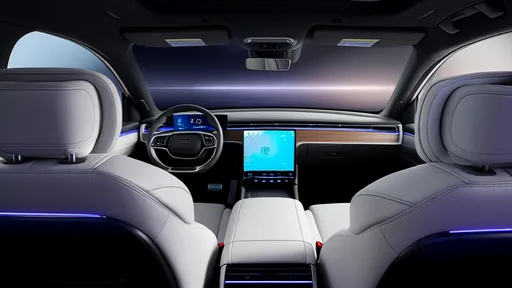
By /Jun 14, 2025

By /Jun 14, 2025

By /Jun 14, 2025